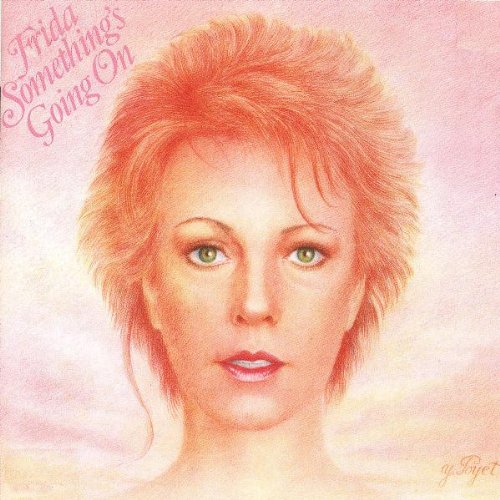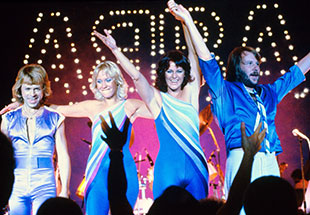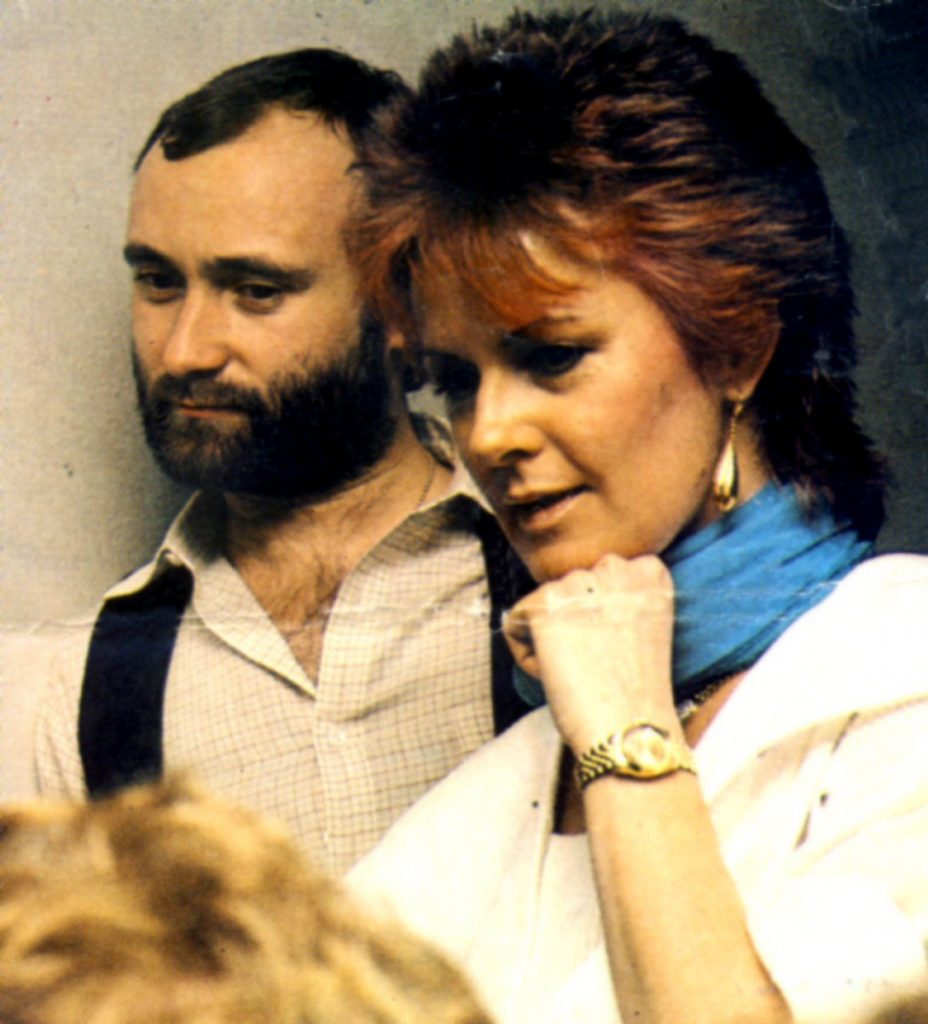It’s been quite a while since I’ve done a “normal” post, so here we go, back to basics.

Say what you want about ABBA – their worthiness of inclusion in the Rock and Roll Hall of Fame, their lack of street cred and all of that, but to be fair, they were the real deal. Listen to their music – for 1970s Europop fare, it’s pretty sophisticated stuff, which made their contemporaries sound like low-end lounge acts.
But what most people around here don’t realize, that they were FAR huger internationally than they were in America. In the States, they had about about as many charting hits as a mid-level rock band with a similar-length career, say, Survivor (20 Billboard singles each), but everywhere but here, their albums were practically in Michael Jackson Thriller territory.
ABBA consisted of two males and two females (two couples at one point, but neither relationship outlasted the life of the group), and had a winning formula down pat; the guys would write the songs, the women would sing them. Among male watchers of the band, there was a Ginger vs. Mary Ann thing between the two vocalists; blonde Agnetha Fältskog and redheaded Anni-Frid Lyngstad (a.k.a. Frida).
The year; 1982. As the powerhouse Swedish pop group is winding down its winning streak career, members are busy checking their parachutes. After a couple of new tracks are cut for a career retrospective, no further work is produced by the group. The two guys have no plans to quit working together; their next move was to create the music for the successful musical “Chess.”

The women of ABBA weren’t so sure of their futures; they were on their own, professionally (not to mention domestically), for the first time since the group was founded. And although they were both seasoned professionals, they hadn’t worked without the guidance of the ABBA machine for many, many years.
First to strike was Frida. She glommed on one of the hot “new” stars of the decade, Phil Collins (of Genesis and recent solo artist fame) to produce her debut English language solo album. (Her two previous solo releases were both in Swedish.) Phil, originally the drummer of Genesis, had graduated to singer upon the (amicable) departure of original Genesis vocalist Peter Gabriel in 1975. Six years later, after Collins’ Face Value becomes an unexpected hit (sales eclipsed Genesis), he was a star in his own right. Phil’s downer album certainly caught Frida’s ear; she was going through her own domestic hell and wanted a kindred soul to work on her album with her. Find out his side of the story in his autobiography, Not Dead Yet.
So, for eight weeks in early 1982, Phil (and his solo band) worked with Frida at ABBA’s Polar Studios in Stockholm. (Besides ABBA, other classic rock albums recorded at Polar include Led Zeppelin’s In Through The Out Door and Genesis’ Duke.) Phil produced and played drums, not to mention duetting on the album’s closer, “Here We’ll Stay.” The sound: Bigger and definitely more rocking than any of ABBA’s output. Partially due to Phil’s pedigree and partially due to the huge drum sound he was able to squeeze out of the studio, which insiders say was state-of-the-art.

The songs that ended up on the album came from here, there and everywhere; they included a Phil Collins cover (“You Know What I Mean” from Face Value), Bryan Ferry; Steven Bishop (another degree of Phil Collins separation), a pre-Roxette Per Gessle (which featured a Dorothy Parker poem as a lyric) and a Rod Argent song later covered by Colin Blunstone.
But the centerpiece of the album (and the worldwide hit single) was the title track, “I Know There’s Something Going On.” That song, written by Russ Ballard (formerly of Argent and author of classics including Ace Frehley’s “New York Groove,” Santana’s “Winning,” Rainbow’s “Since You’ve Been Gone” and KISS’ “God Gave Rock and Roll To You.” Among others.
“Something” featured the Phil Collins “gated reverb” drum sound that was now becoming famous (due to Collins, Peter Gabriel and Genesis songs that were now becoming hits) and Daryl Stuermer’s treated guitar solo. The same guitar effect was also employed on contemporary radio hits by Genesis (“ABACAB”), Saga (“Wind Him Up”), and Rush (“Subdivisions”). The song, which was an international hit, peaked at a respectable #13 on the charts over here.
While the album was only a moderate success in America (#41), it was a huge success internationally. Reviews weren’t always kind: In early 1983, People Magazine mocked the title (something to the effect of “If Frida thinks ‘something’s going on’ with her solo career, she’s sadly mistaken!”). But lousy reviews aside, whatever success or goodwill the album gave to Frida’s career, none of it translated to her next project; the follow-up, 1984s Phil Collins-free, new-wavey Shine wasn’t even released in America. And so it goes.
All of that was transpiring while Phil Collins was advancing his solo career – “Against All Odds” was his first #1 hit in America – and a duet (“Easy Lover”) with Earth Wind & Fire vocalist Phillip Bailey peaked at #2 later that year. (Not to mention his juggernaut No Jacket Required album and associated singles that dominated the airwaves and MTV for all of 1985 and well into 1986.) And after Shine, Frida never recorded an English language album again. All she can do today is hope for the long-awaited ABBA reunion that will most definitely pad her retirement account.
Vital Stats:
- Artist: Frida
- Album: Something’s Going On
- Label: Atlantic
- Producer: Phil Collins
- Released: September 1982
- Billboard Peak Chart Position: #41